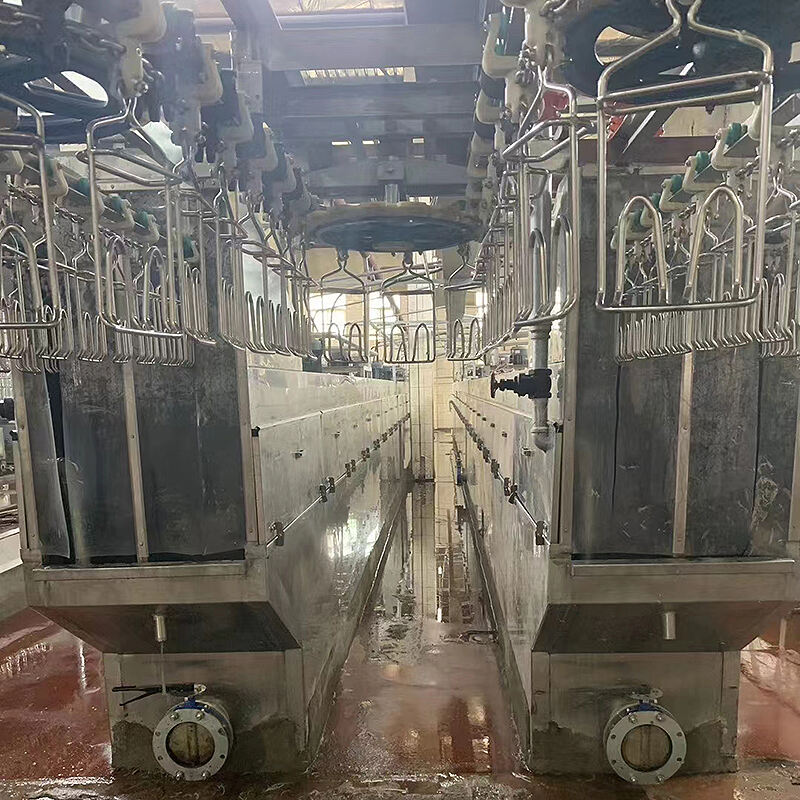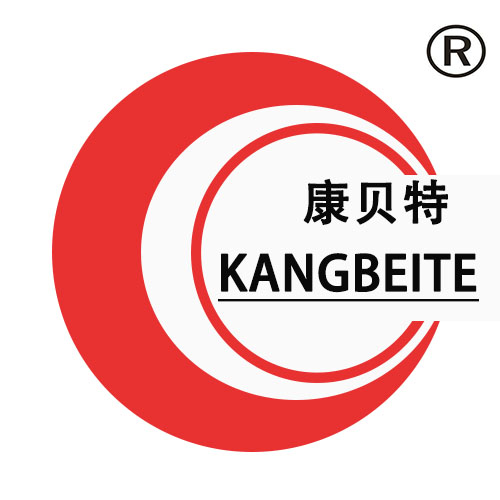Poultry slaughter is a highly regulated and technologically advanced process that ensures the humane handling of birds and the production of safe, high quality meat. The process typically begins with stunning, where birds are rendered unconscious using methods such as electrical stunning or controlled atmosphere stunning (CAS), which involves exposing birds to a mixture of gases to minimize stress and pain. This step is critical for both animal welfare and meat quality, as it prevents muscle tension and bruising. After stunning, the birds are shackled and conveyed through a automated killing process, where the carotid artery and jugular vein are severed to ensure rapid bleeding. The bleeding time is carefully controlled to remove as much blood as possible, which affects meat color and shelf life. Next, the birds undergo scalding, where they are immersed in hot water (typically 50 60°C) to loosen feathers, followed by defeathering machines that remove feathers using rubber fingers. Evisceration is the next step, involving the removal of internal organs, which is done using automated equipment to minimize contamination risk. The carcasses are then washed and chilled, either through immersion in cold water or air chilling, to reduce temperature and slow bacterial growth. Throughout the process, strict hygiene measures are implemented, including regular equipment sanitization, employee training, and pathogen testing, to comply with food safety standards such as USDA and EU regulations. Modern poultry slaughter facilities also focus on waste reduction, utilizing by products like feathers and organs for animal feed or other industrial uses. The integration of automation and technology ensures efficiency, consistency, and compliance, making poultry slaughter a vital 环节 in the global food supply chain.




Copyright © 2025 by Shandong Kangbeite Food Packaging Machine Co., Ltd. Privacy policy